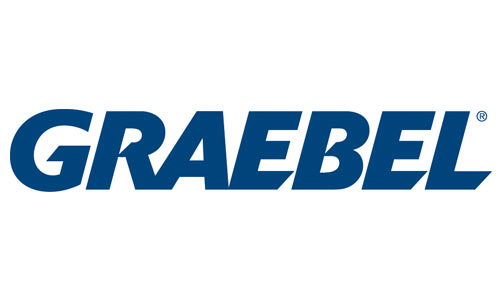
Bill Graebel looks at the ways in which the COVID-19 pandemic has affected his business and lessons for the future…

It was in early February that we realised that a hurricane was imminent: Singapore and Shanghai had shown us the way. At the time only half our staff had laptops, so we had to rectify that and give them training on how to work from home and use technologies such as Zoom. We even had a few dry runs to imagine what it would be like if we didn’t have an office. But never did we anticipate a business continuity plan that prepared us for COVID-19.
We were having a record first quarter and were in the process of employing an extra 100 people, but then had to model a potential 60% or 70% hit to the business for an unknown period. It was a doomsday scenario. We had to factor in the potential change in the spread of the business (it takes about 35 lump sums to equal the revenue derived from one homeowner relocating), and the effect of the lockdown on the airline industry. It was this in-depth business modelling that occupied our time in those early days.
Realisation and mitigation
Then came 12th March when the travel bans kicked in, sports events were suspended and Disneyland closed: that’s when we realised it was really serious; I woke with an uncomfortable feeling in my stomach as if someone had passed away. So, we started listening to our people to identify the problems that they had and became hyper communicative with on-line ‘fireside chats’. We knew we had to stay connected with our people, understand their circumstances, make sure they understood what was expected of them and what resources were available. We had to help them stay positive. The response was amazing: productivity went up despite all the untested skills required. Just when we feared the organisation would pull itself apart, the more galvanised and connected it became. Because we kept the community connected, they were able to maintain a more positive outlook and I believe were better equipped for coming out the other side.
The new normal
So, there’s a new normal developing. Not only do we need to develop new ways of working, such as holding meetings on Zoom, we need to start working very collaboratively with our supply chain rather than being heavy handed. The last thing we want to do is to set a supplier up for failure, because it’s our failure the end of the day.
We need to talk to clients and transferees to explain the changing landscape relative to the physical movement of their goods – service periods, health and safety measures, etc. – we need to manage their expectations. You would expect that because demand is suppressed, and supply is strong, prices will fall. But the costs of delivering services will increase to accommodate social distancing, PPE and the utilisation of resources. Add to that the higher customer expectations and we will need to work hard to educate our customers, so they understand the costs involved.
Breaking the cycle of commoditisation
It will take tremendous courage to be a transferee in the coming months so they must be responding to an exceptional career opportunity. This means they will be even more excited than in the past and, perhaps, a little fearful. So, we need to prepare everybody that’s serving that transferee to have more empathy and understanding as well as the health and safety aspects; they must be in no doubt that their best interests are being served. It’s an environment that has the potential to elevate the professional image of our industry, which has long been needed, and hopefully be a catalyst to break the cycle of commoditisation going forward.
The clients who are the most empathetic towards their mobile workforce are going to be evermore precise in their definition of what is expected of their supply chain for mobility. As a function of that, there’s going to be a greater value proposition possible to be rewarded in the marketplace for the most professional performers. It really will be fascinating.